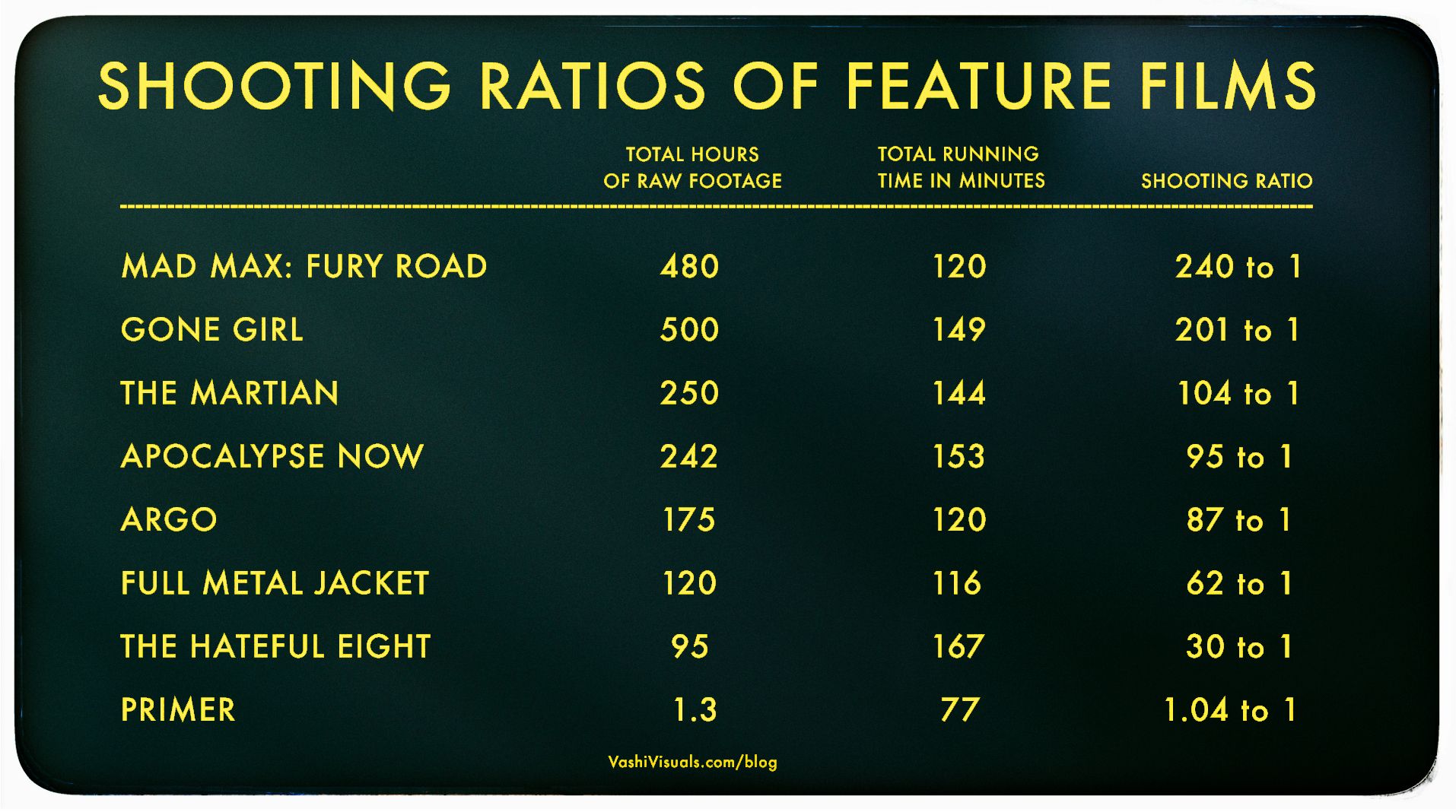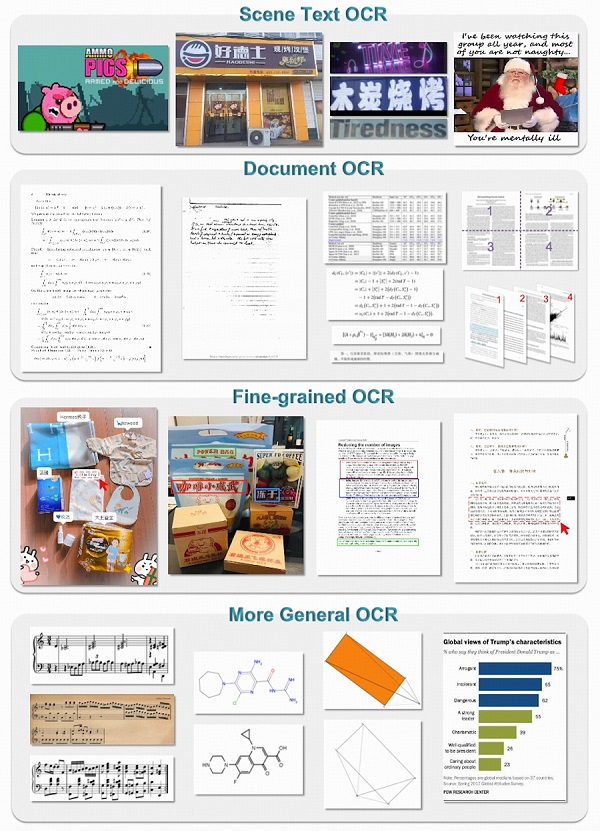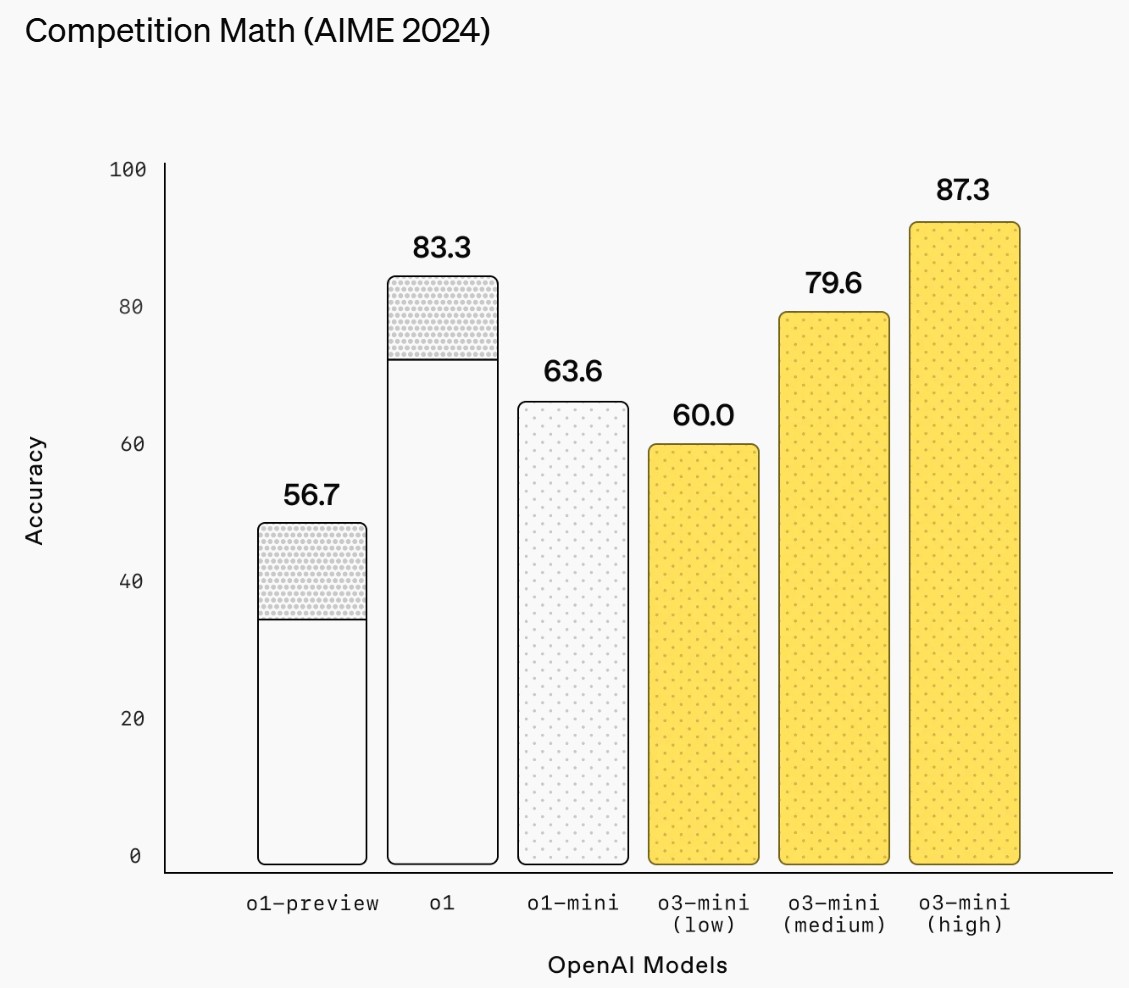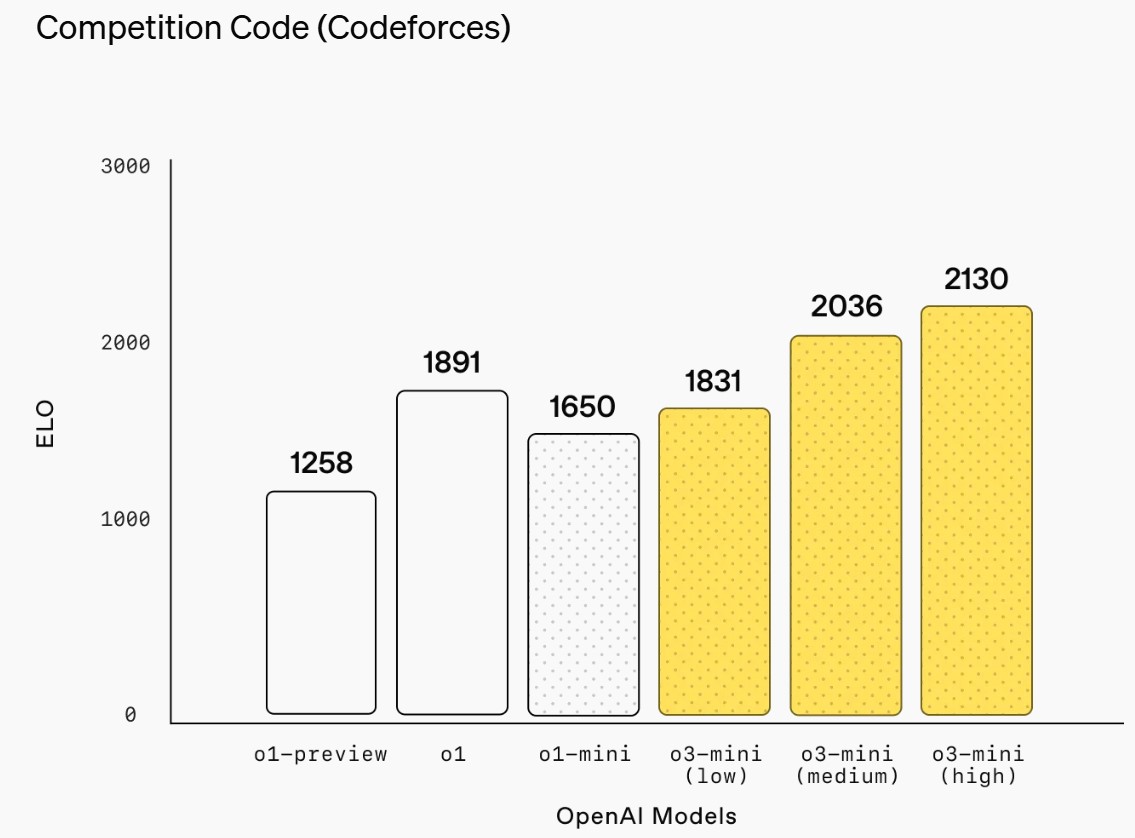BREAKING NEWS
LATEST POSTS
-
Vashi Nedomansky – Shooting ratios of feature films
In the Golden Age of Hollywood (1930-1959), a 10:1 shooting ratio was the norm—a 90-minute film meant about 15 hours of footage. Directors like Alfred Hitchcock famously kept it tight with a 3:1 ratio, giving studios little wiggle room in the edit.
Fast forward to today: the digital era has sent shooting ratios skyrocketing. Affordable cameras roll endlessly, capturing multiple takes, resets, and everything in between. Gone are the disciplined “Action to Cut” days of film.https://en.wikipedia.org/wiki/Shooting_ratio

-
General OCR Theory – Towards OCR-2.0 via a Unified End-to-end Model – HF Transformers implementation
https://huggingface.co/stepfun-ai/GOT-OCR-2.0-hf
GOT-OCR2 works on a wide range of tasks, including plain document OCR, scene text OCR, formatted document OCR, and even OCR for tables, charts, mathematical formulas, geometric shapes, molecular formulas and sheet music.

-
QNTM – Developer Philosophy
- Avoid, at all costs, arriving at a scenario where the ground-up rewrite starts to look attractive
- Aim to be 90% done in 50% of the available time
- Automate good practice
- Think about pathological data
- There is usually a simpler way to write it
- Write code to be testable
- It is insufficient for code to be provably correct; it should be obviously, visibly, trivially correct

-
Arminas Valunas – “Coca-Cola: Wherever you are.”
Arminas created this using Juggernaut Xl model and QR Code Monster SDXL ControlNet.
His pipeline:
Static Images – Forge UI.
Upscaled with Leonardo AI universal upscaler.
Animated with Runway ML and Minimax.
Video upscale – Topaz Video AI.
Composited in Adobe Premiere.
Juggernaut Xl download here:
https://civitai.com/models/133005/juggernaut-xl
QR Code Monster SDXL:
https://civitai.com/models/197247?modelVersionId=221829 -
OpenAI releases o3-mini
https://openai.com/index/openai-o3-mini
OpenAI o3-mini is our first small reasoning model that supports highly requested developer features including function calling(opens in a new window), Structured Outputs(opens in a new window), and developer messages(opens in a new window), making it production-ready out of the gate.
o3-mini does not support vision capabilities, so developers should continue using OpenAI o1 for visual reasoning tasks.
ChatGPT Plus, Team, and Pro users can access OpenAI o3-mini starting today, with Enterprise access coming in February. o3-mini will replace OpenAI o1-mini in the model picker, offering higher rate limits and lower latency, making it a compelling choice for coding, STEM, and logical problem-solving tasks.
As part of this upgrade, we’re tripling the rate limit for Plus and Team users from 50 messages per day with o1-mini to 150 messages per day with o3-mini.Starting today, free plan users can also try OpenAI o3-mini by selecting ‘Reason’ in the message composer or by regenerating a response. This marks the first time a reasoning model has been made available to free users in ChatGPT.



-
Running DeepSeek R1 Locally Due To Security Issues
DeepSeek Gets an ‘F’ in Safety From Researchers https://gizmodo.com/deepseek-gets-an-f-in-safety-from-researchers-2000558645
FEATURED POSTS
-
FXGuide – ACES 2.0 with ILM’s Alex Fry
https://draftdocs.acescentral.com/background/whats-new/
ACES 2.0 is the second major release of the components that make up the ACES system. The most significant change is a new suite of rendering transforms whose design was informed by collected feedback and requests from users of ACES 1. The changes aim to improve the appearance of perceived artifacts and to complete previously unfinished components of the system, resulting in a more complete, robust, and consistent product.
Highlights of the key changes in ACES 2.0 are as follows:
- New output transforms, including:
- A less aggressive tone scale
- More intuitive controls to create custom outputs to non-standard displays
- Robust gamut mapping to improve perceptual uniformity
- Improved performance of the inverse transforms
- Enhanced AMF specification
- An updated specification for ACES Transform IDs
- OpenEXR compression recommendations
- Enhanced tools for generating Input Transforms and recommended procedures for characterizing prosumer cameras
- Look Transform Library
- Expanded documentation
Rendering Transform
The most substantial change in ACES 2.0 is a complete redesign of the rendering transform.
ACES 2.0 was built as a unified system, rather than through piecemeal additions. Different deliverable outputs “match” better and making outputs to display setups other than the provided presets is intended to be user-driven. The rendering transforms are less likely to produce undesirable artifacts “out of the box”, which means less time can be spent fixing problematic images and more time making pictures look the way you want.
Key design goals
- Improve consistency of tone scale and provide an easy to use parameter to allow for outputs between preset dynamic ranges
- Minimize hue skews across exposure range in a region of same hue
- Unify for structural consistency across transform type
- Easy to use parameters to create outputs other than the presets
- Robust gamut mapping to improve harsh clipping artifacts
- Fill extents of output code value cube (where appropriate and expected)
- Invertible – not necessarily reversible, but Output > ACES > Output round-trip should be possible
- Accomplish all of the above while maintaining an acceptable “out-of-the box” rendering
- New output transforms, including:








